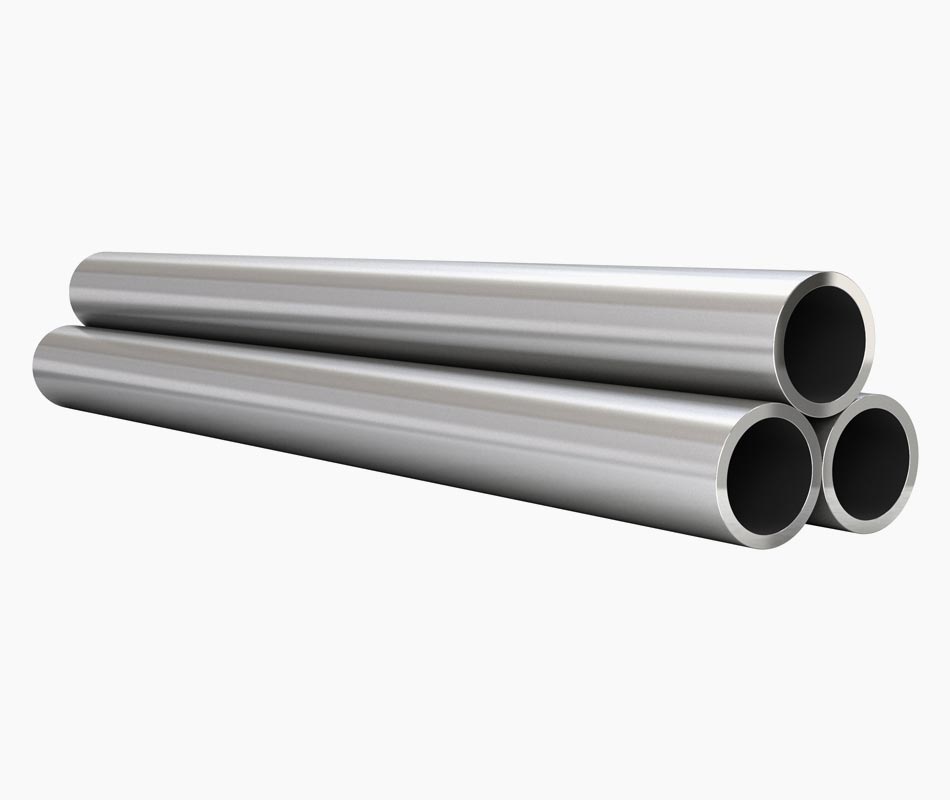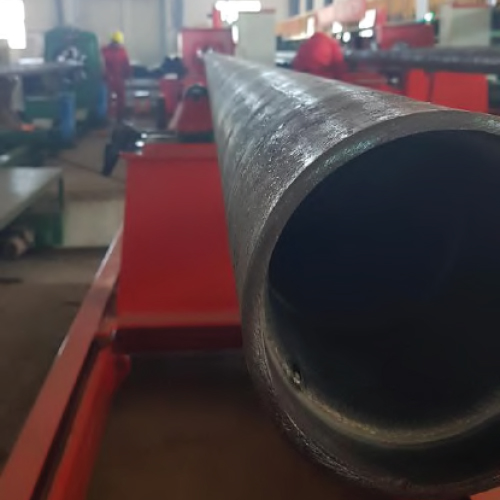Description
For forging the alloy, it needs to be hot-worked, particularly beginning at a temperature of 1100°C. By the end of the process, the temperature should be below 870°C for grain refinement and prevention of embrittlement. In the Sigma phase, (intermetallic phase in the metal around 560- 980°C) embrittlement is common in the alloy with long term exposure at elevated temperature.
The cold working becomes very difficult in the grade due to very high chromium content, hence, processes like bending, drawing and spinning will be difficult for the grade. For convenient forming and bending, the alloy will require slow forming speeds, edge preparation and suitable preheating. The alloy grade also has lesser ductility due to the chromium content, with carbon content restricted to 0.20%. The grade’s resistance to reducing sulphurous gases, and metals like molten copper, lead and tin, might find its uses into respective applications.
Chemical Properties
| Grade | C | Ni | Mn | Si | Cr | Fe | P | S | N | |
| SS 446 | Min. | – | – | – | – | 23.0 | 69.22 | – | – | – |
| Max. | 0.020 | 0.75 | 1.50 | 1.00 | 27.0 | – | 0.040 | 0.030 | 0.25 |
Physical Properties
| Density | 7.7 g/cm 3 / 0.28 lb/in 3³ |
| Melting Point | 1510 C°/2750 F° |
| Thermal Conductivity @ 70°F | 21.6 W/mK 150 BTU in/hr.ft².°F |
| Specific Heat | 20 C ° J/Kg C° |
| Electrical Resistivity | 20 C° |
| Modulus of Elasticity | 200 GPa 29000 ksi |
| Annealing | 800 – 860 (°C) / 1650 – 1700 (°F |
| Poisson’s Ratio | 0.27-0.30 |
| Quench | Rapid Water |
General Data
| Standard | SS 446 |
| UNS | S44600 |
| WERKSTOFF NR. | 1.4762/1.4763/1.4749(466-1) |
| EN | X10CrAlSi25 / X10CrAlSi24 |
| BS | – |
| DIN | X10CrAl24 |
| JIS | – |
| AFNOR | Z12CAS25 |
Standards Specifications
PIPES & TUBES
| Summary | Standards |
| Standard Specification For Seamless Stainless Steel Mechanical Tubing | ASTM A511 |
| Standard Specification for Seamless and Welded Ferritic and Martensitic Stainless Steel Tubing for General Service | ASTM A268 |
Forms of Supply
Pipes and fittings, fittings and flanges, washers.
Corrosion Resistance
The grade is commonly used at elevated temperatures due to its properties and hot corrosion resistance in various media. It is certainly the most stable resistant steel in the 400 series.
It provides resistance to cyclic oxidation, superior resistance to reducing gases, sulfidation, and oil- ash corrosion. It is a heat resisting steel that can resist molten copper and brass efficiently.
Heat Treatment
The grade is heat resisting, and non hardenable by heat treatment. Annealing is done for the grade to restore ductility. Annealing is carried around 800°C, followed by water quenching or air cooling. Slow cooling might result in loss of ductility especially during sigma phase. The temperature during annealing should be avoided to get above 900°C.
Weldability
Conventional welding methods can be used, such as common fusion and electric resistance welding. Oxyacetylene welding is avoided in this grade. Welding material needs to be considered since the scaling resistance might become lesser than base metal. For better ductility, preheating may be carried out before welding to slow down the cooling rate of the heat affected zone. Post weld annealing can also be helpful. Pre-heating and post-heating around 150°C/ 300°C is recommended. Austenitic fillers are generally used.
Machining
Common machining processes can be suitably used. Slow speeds, sharp and carbide tooling, with rigid mounts are preferred. Powerful machinery might be required.
Applications
Furnace parts, x- ray tube bases, oil burner parts, neutral salt pot electrodes, kiln linings, glass moulds, boiler baffles, stack dampers, annealing boxes, soot blowers, spouts, recuperators, industrial mufflers.
Possible Grade and Alternatives
GRADE SS 442
| Grade | C | Mn | Si | P | S | Cr | |
| SS 442 | Min. | – | – | – | – | – | 18 |
| Max. | 0.20 | 1.0 | 1.0 | 0.04 | 0.03 | 23 |
GRADE SS 310
| Grade | C | Mn | Si | P | S | Cr | Ni | |
| SS 310 | Min. | – | – | – | – | – | 24.0 | 19.0 |
| Max. | 0.25 | 2.00 | 1.50 | 0.045 | 0.030 | 26.0 | 22.0 |



